A Case for Increasing Your Investment in Human Resources
15Five
JUNE 6, 2025
Human resources is a critical function for optimizing your workforce. Investments in HR lead to savings in recruitment costs and a stronger bottom line. Leveraging HR technology and upskilling HR professionals allows your HR function to scale with your organization. Why is HR important?





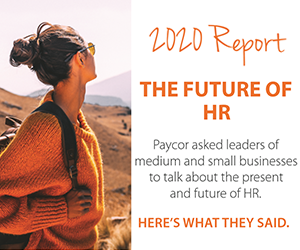


















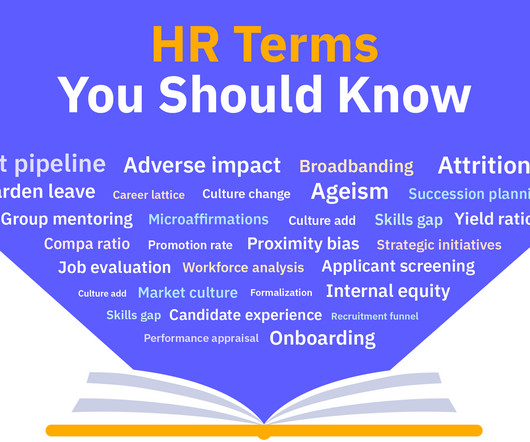
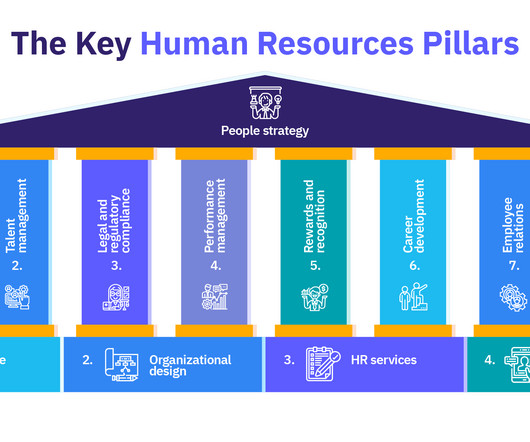














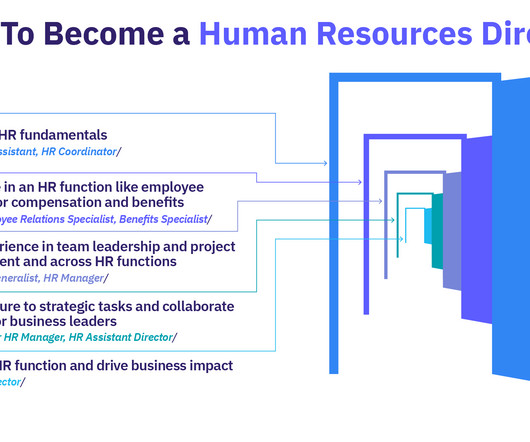

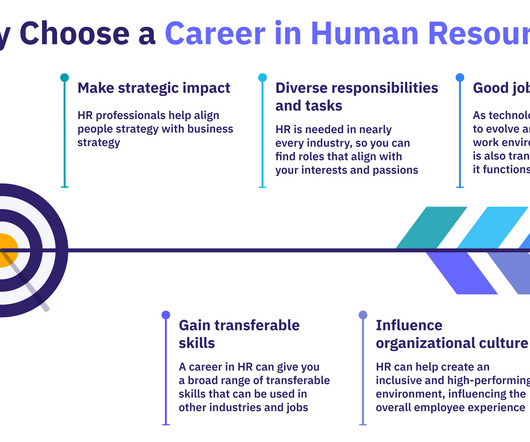












Let's personalize your content